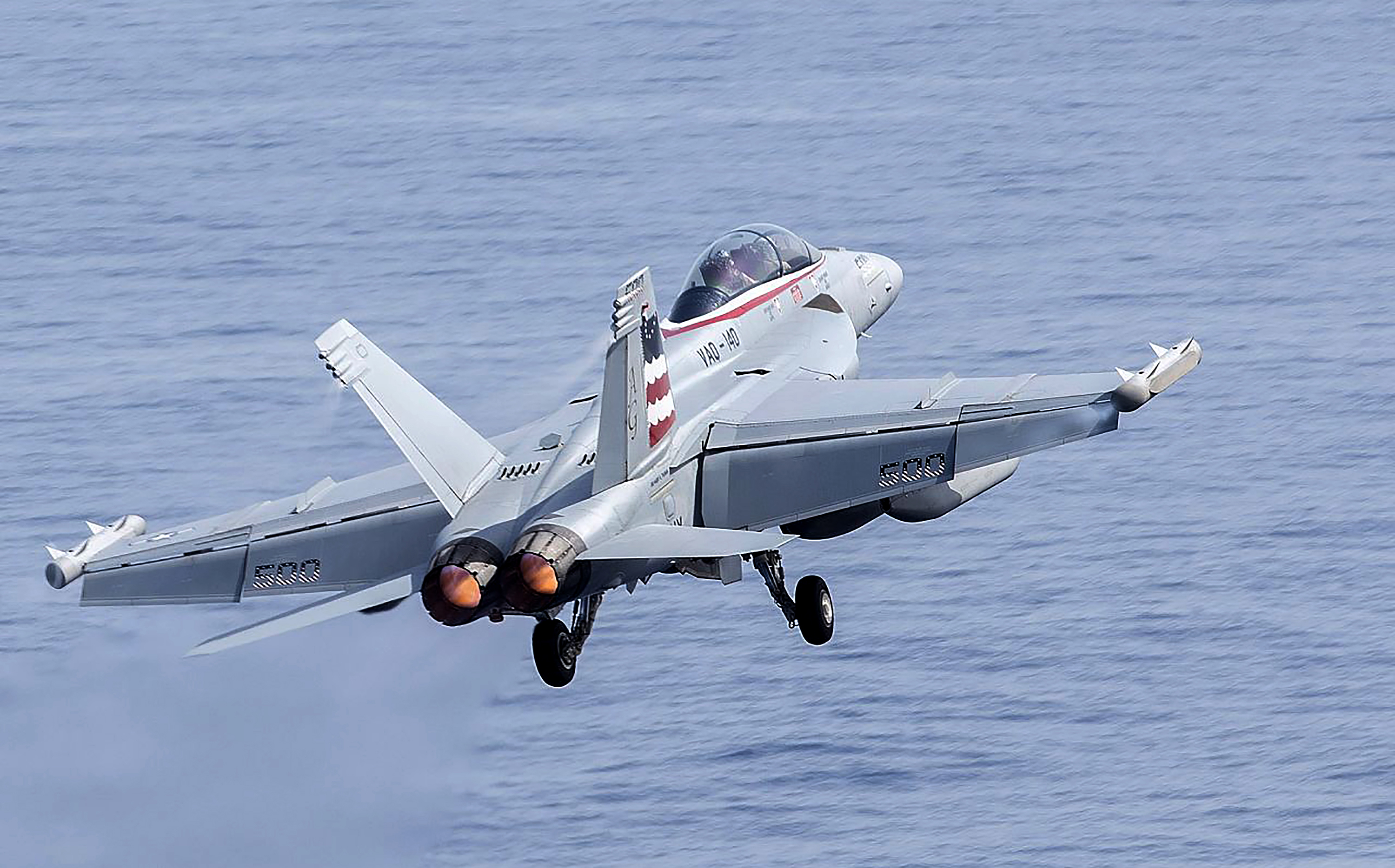US, China back military air rules to avoid mishaps
Risks of chance encounters between military aircraft spiralling out of control have risen in recent years as Beijing becomes ever more assertive in the South China Sea (Handout)
Singapore (AFP) – The United States, China and several other countries on Saturday agreed in principle to guidelines on preventing unplanned warplane encounters, the latest effort to avoid military confrontations in Asia.
Risks of chance encounters between military aircraft spiralling out of control have risen in recent years as Beijing becomes ever more assertive in the South China Sea, stoking tensions with rival claimants in Southeast Asia.
While not a claimant, Washington has also been drawn into the row as it has traditionally been the dominant naval and air power in the Asia-Pacific.
The Association of Southeast Asian Nations (ASEAN) agreed to guidelines on managing air encounters on Friday, at the annual meeting of the 10-member bloc’s defence ministers.
US Defense Secretary Jim Mattis and his Chinese counterpart General Wei Fenghe were among eight defence chiefs from outside ASEAN to give their “in-principle” backing to the guidelines, a joint ministerial statement said.
India, Russia, Japan, South Korea, Australia and New Zealand have also given broad backing to the new framework, Singapore Defence Minister Ng Eng Hen said.
Any incident involving military jets can lead to a “cascade of activities that you cannot control,” warned Ng, who hosted the meetings.
“You can have a gung-ho pilot who switches off everything and decides ‘I’m going to intimidate,'” he told reporters.
“That would be a disaster.”
The guidelines set norms of behaviour for pilots to prevent untoward encounters. These include always having two-way communications open and adhering to existing aviation conventions.
The new rules follow similar guidelines already in place to prevent naval vessels from unintended mishaps at sea.
Early last year, a Chinese warplane buzzed a US Navy surveillance aircraft over the South China Sea, with the US claiming their plane was in international air space.
In 2016, a Chinese fighter aircraft also intercepted a US Navy surveillance plane over the sea.
Four ASEAN members — Brunei, Malaysia, the Philippines and Vietnam — have conflicting claims in the South China Sea with Beijing.
China claims sovereignty over almost the entire area, including waters near the shores of smaller countries.
Disclaimer: This story has not been edited by Siliconeer and is published from a syndicated feed. Siliconeer does not assume any liability for the above story. Validity of the above story is for 7 Days from original date of publishing. Content copyright AFP.


